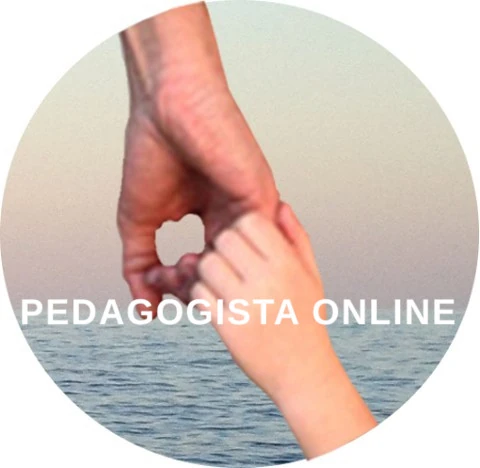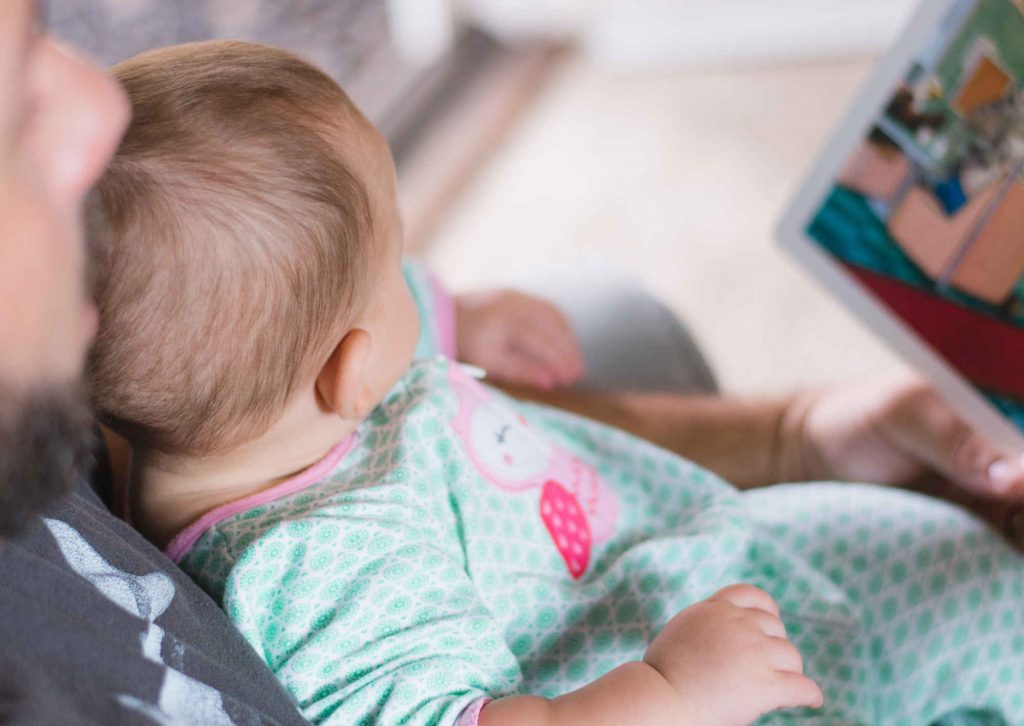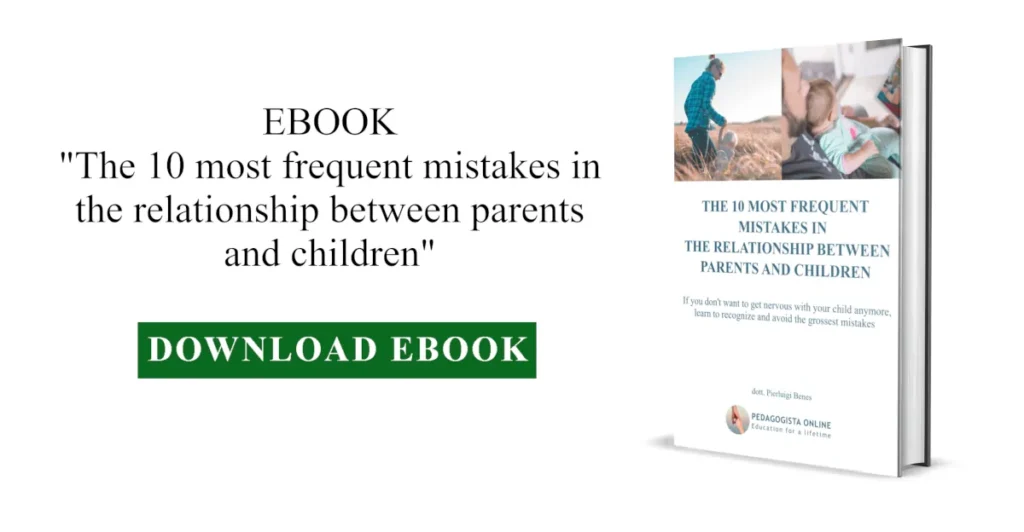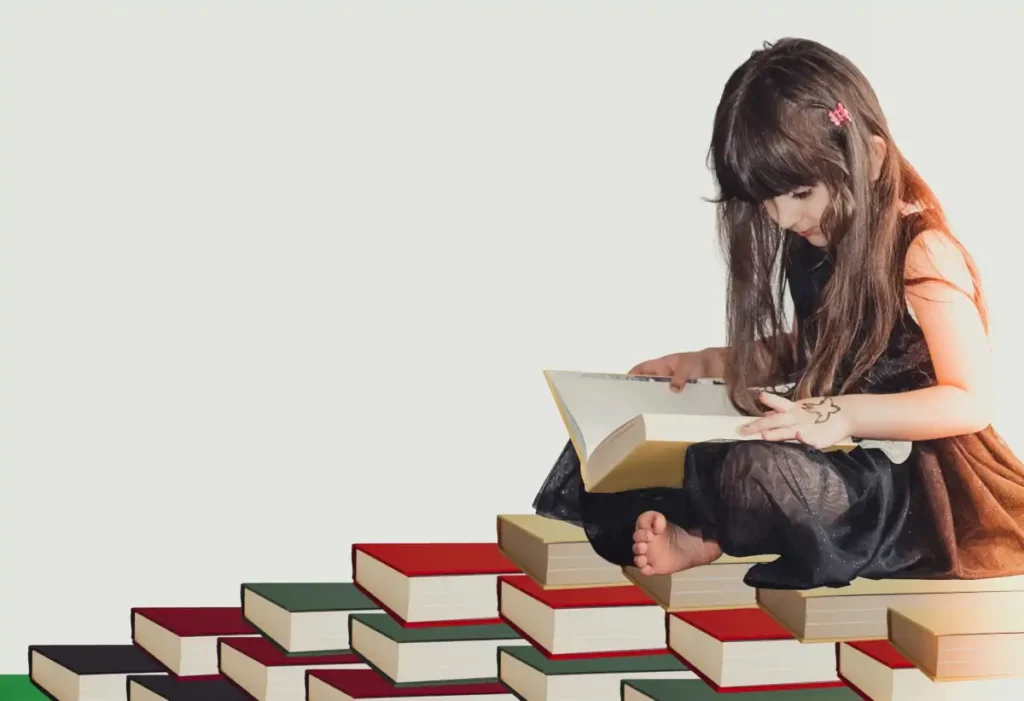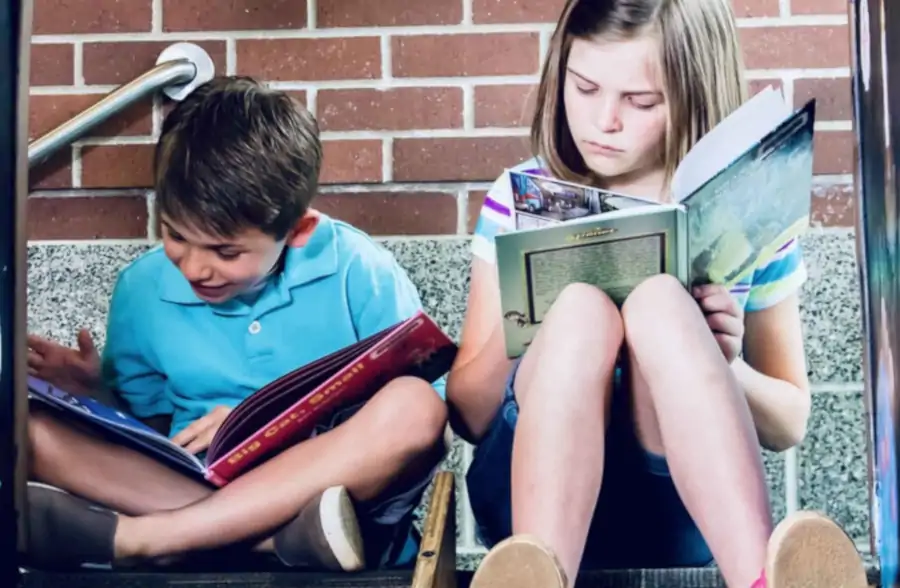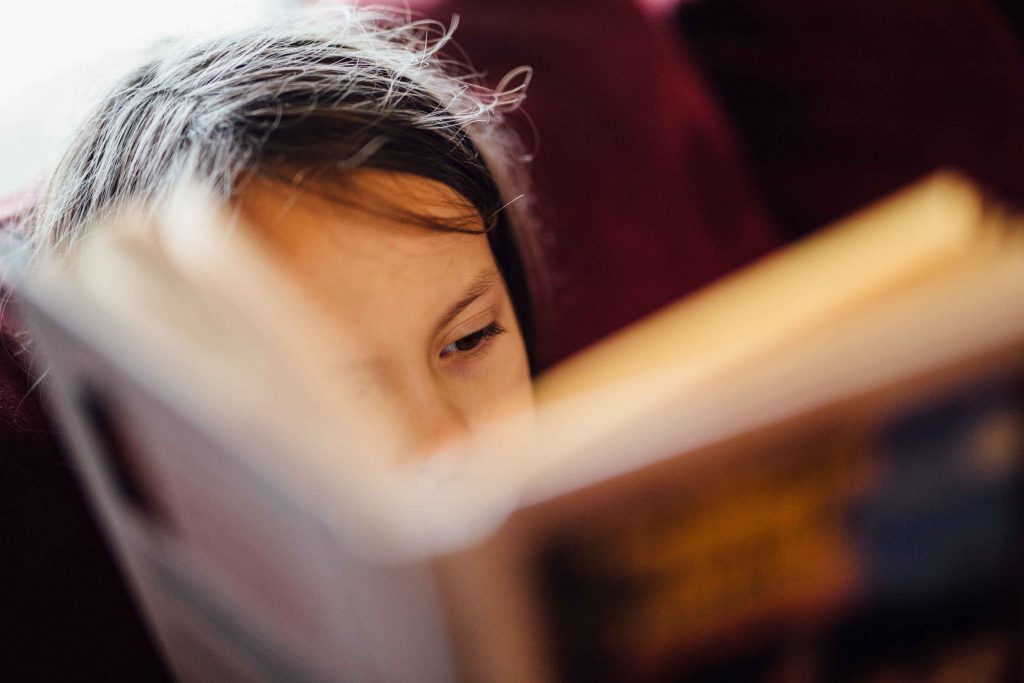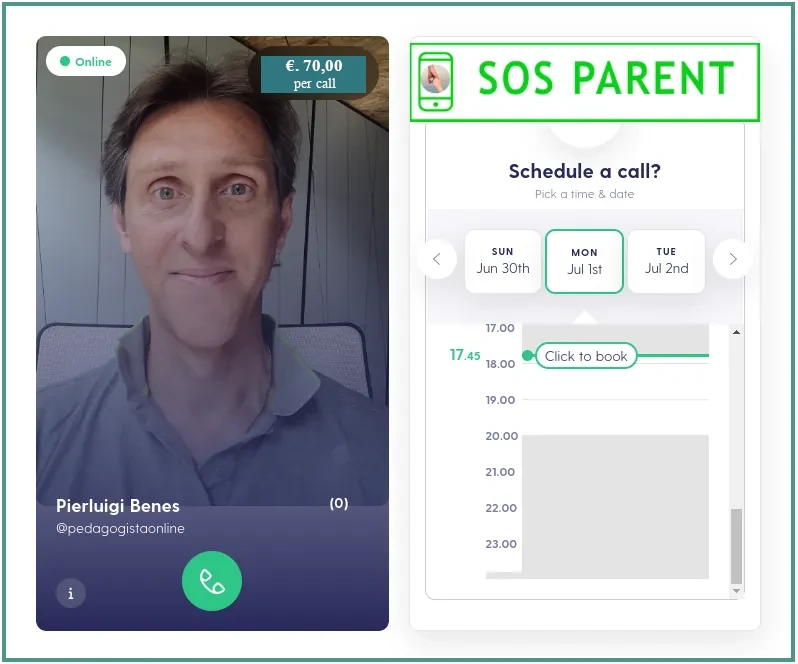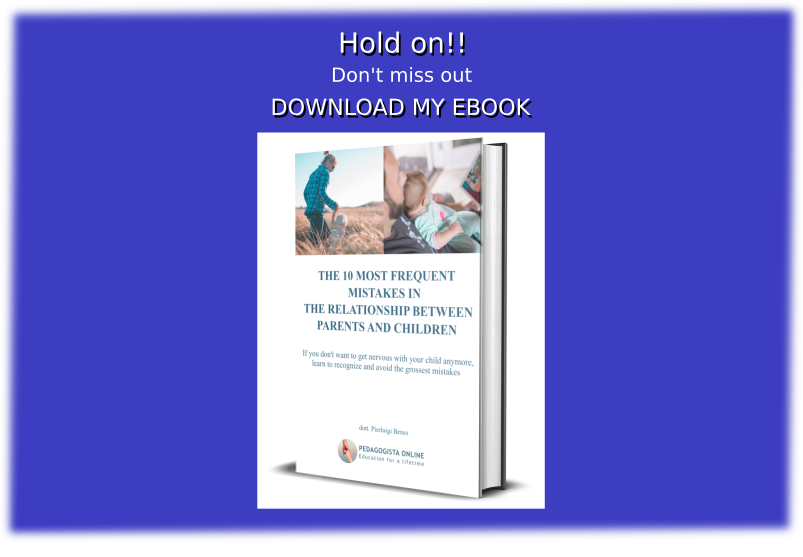Alessandra has a few-month-old baby and is unsure whether it is useful to start reading stories to him already. Some of her friends started very early with their children, while others never did.
Her friend Daisy introduced her children to reading even when they were still in the womb; she had the habit of reading stories to the little one even that time while waiting for the baby’s birth together with her partner Stefano.
Is it a useful pastime to read to children aged 0 to 3? Or is it premature and futile since they don’t pay much attention to things around them yet? Perhaps you have similar questions and would like to understand how to proceed.
If these are your doubts, you have come to the right place; I will explain some very important aspects related to reading to children. So, let’s not waste any more time and get started!
1. Why reading stories to children is crucial
Let me immediately address your first doubt; reading to children is an extraordinarily important experience for them, which I highly recommend cultivating with your child as early as possible and with the utmost passion.
In fact, reading to children permits not only to introduce them to books but also to create the best conditions for them to develop an affection for reading, which is one of the most important habits you can instill in your child. Through reading, some of the most important goals for personal fulfillment can be achieved.
There is a technical term to identify the conditions of educational poverty, and it’s called socio-cultural disadvantage. What does it mean? Let me explain. Generally, when a family is economically fragile, it necessarily implies making some important sacrifices.
If a family cannot afford to buy enough food, you can imagine that buying books, going to the theater, a museum, or taking advantage of all those experiences that contribute to a child’s cultural education become even more challenging. This results in fewer stimuli for the child, who will have fewer opportunities to pick up an astronomy, biology, or human rights book from their home library, which could captivate them to the point of wanting to become an expert in these disciplines.
Fortunately, however, we live in a country that has resources to address this risk and reduce situations of socio-cultural disadvantage. Indeed, schools often provide children with some of these experiences. Moreover, there are libraries, play centers, and more. Growth is also built on these aspects, not just on food; therefore, it is essential to nourish the child’s reading opportunities as much as possible.
2. How and when to read stories to children
Nowadays, there is such a vast production of books for every age group that you won’t have any difficulty finding dozens of books suitable for your child in bookstores or libraries.
If you’re wondering when it’s possible or beneficial to start reading to children, I can tell you that you can do it in the very first months of your baby’s life. Moreover, as soon as the child is capable of handling objects with some confidence, you can let them play with the first cloth books.
Even before approaching reading in the strict sense, you can introduce the child to books; cloth books and tactile books are excellent for providing useful experiences for children.
In addition to playing with the book, you can turn it into the subject of a narration, scrolling through the pages with your child and commenting on the depicted images. When the child is a little older, their ability to pay attention for a longer period increases. In the first few months, they might only manipulate the book, chew on it, and throw it around; so you’ll only be able to hold their attention for a few moments with a story.
When they are a bit older, however, they understand that there is a sequence to follow, and you are narrating the events depicted in the images.
One of the most enjoyable moments to read to your child is probably in the evening before going to bed. Reading is an activity that relaxes the child and creates a suitable atmosphere for bedtime.
Since very young children find comfort in recognizing a routine among the activities that occur during the day, it can be very useful for you to get them used to recognizing the bedtime preparation moment by preceding it with a book reading. Perhaps dimming the lights and speaking softly, with fewer noises around the house.
The child’s ability to associate specific experiences with a particular time of day helps them mentally anticipate what will happen and, therefore, experience it with much greater serenity.
3. What to read to children
The most obvious answer I could give you is that stories and fairy tales represent very enjoyable readings for the child. Indeed, these readings help them fantasize and find reasons in many of the things that happen to them in life.
In addition to being a precious source of stimuli, books are also an excellent vehicle to address topics that would normally be complicated to discuss explicitly with a child.
Think, for example, of delicate themes such as suffering, defeat, the death of a loved one, and parents’ separation, or topics like sexuality, friendship, and more. These aspects of life are challenging to confront, yet the child ponders about such things and responds with the reasoning of their fantastical world.
To help a young child reflect on the implications of certain experiences, like the ones I mentioned, it is much simpler to use an illustrated book and let the child themselves inquire and question us about what strikes them, rather than addressing the subject in an explicit and direct manner.
Consequently, among the various readings you can choose to offer your child, one of the selection criteria to best stimulate their opportunities for growth is precisely the type of theme that certain stories address. Visiting a regular library, you won’t have any difficulty finding interesting ideas to inspire them.
Taking a child to the library periodically is already an edifying experience in itself; it is a way to cultivate in them a habit of paramount importance for their maturation, which they will greatly benefit from when they learn to read.

